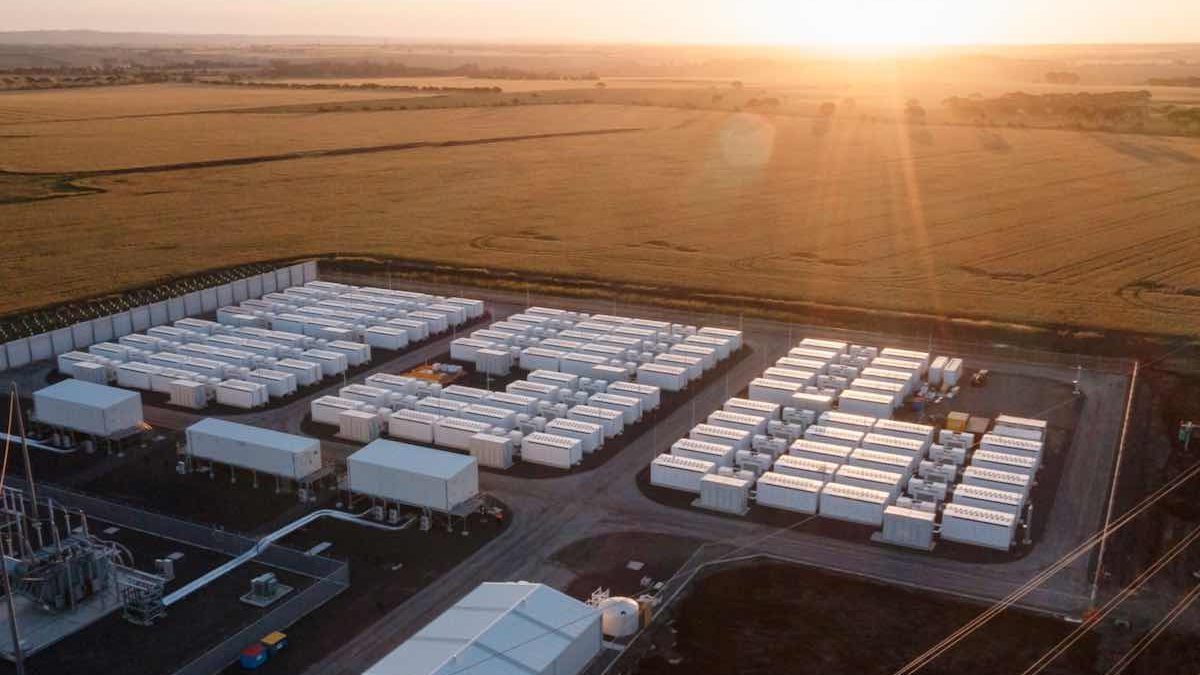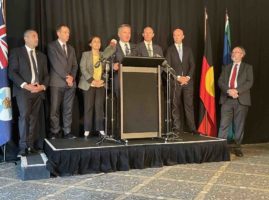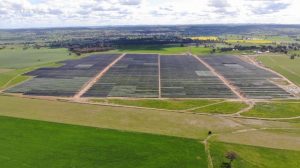Could the introduction of a capacity market help underpin the construction of the energy storage capacity needed to facilitate Australia’s transition to renewable energy?
That appears to be the opinion of a number of Australia’s early energy storage project developers, who are searching for new revenue streams needed to make storage projects viable, as the previously lucrative market for Frequency Control Ancillary Services (FCAS) reaches saturation.
The introduction of a capacity market would provide payments to dispatchable generators in return for ensuring their capacity is available in case of a generation shortfall, and they are designed to ensure there is enough dispatchable capacity in the market.
The introduction of a capacity mechanism is under active consideration by the Energy Security Board, as part of its proposed post-2025 redesign of the National Electricity Market, but there is concern that such a market design would simply underwrite coal generators to stay in the system longer.
Hence the push for a capacity mechanism that focuses only on new capacity and new zero emissions technologies such as batteries and pumped hydro.
EnergyAustralia’s Head of the Portfolio Development, Daniel Nugent, said there is a need for energy markets to provide the additional incentives and revenue streams necessary to get new energy storage projects off the ground.
“The economics of battery storage is still heavily reliant on FCAS revenue streams, which is a relatively shallow market and can be easily competed away,” Nugent told the Australian Energy Storage and Battery conference on Wednesday.
“So, we need to look at how we can get energy storage is to stack up on an energy and capacity basis. So, without FCAS, there is that economic gap which may require alternative regulatory arrangements or a form of capacity market to support new developments.”
“The economic gap for longer duration storage becomes even wider. And we’re seeing government processes will play a significant role in bridging that gap.”
EnergyAustralia is proposing to build a 350MW, four-hour battery in the Latrobe Valley to help replace the capacity that will be lost with the 2028 closure of the Yallourn brown coal fired power station.
It also contracts the Ballarat and Gannawarra batteries and has signed a deal to do the same with the Kidston pumped hydro plant.
Nugent pointed to the support being offered to energy storage projects by the NSW Government through long-term energy service agreements (LTESA), as an arrangement that could be replicated in other jurisdictions to allow the development of new projects.
“The New South Wales long duration energy storage agreements for long duration storage is clearly a mechanism that will help support that structural redesign of the market,” Nugent said.
“Various reform proposals are being discussed, which may also reduce that revenue gap, including exempting storage from network charges, as well as possible revenue streams through the valuation of new essential services such as congestion relief. So building more revenue into the business case will be key as well.”
Former prime minister Malcolm Turnbull, who instigated the Snowy 2.0 expansion while in office, and currently sits on the board of the International Hydropower Association, also suggested that capacity payments could be necessary to underpin the development of new long-duration energy storage projects.
“We will need a lot more long duration storage. So how do we pay for it? The obvious answer is by capacity payments; work out how many gigawatt-hours you need to have on standby in different circumstances and pay somebody to provide it,” Turnbull told the conference.
“Plainly, the NEM’s energy-only market can’t do that.”










